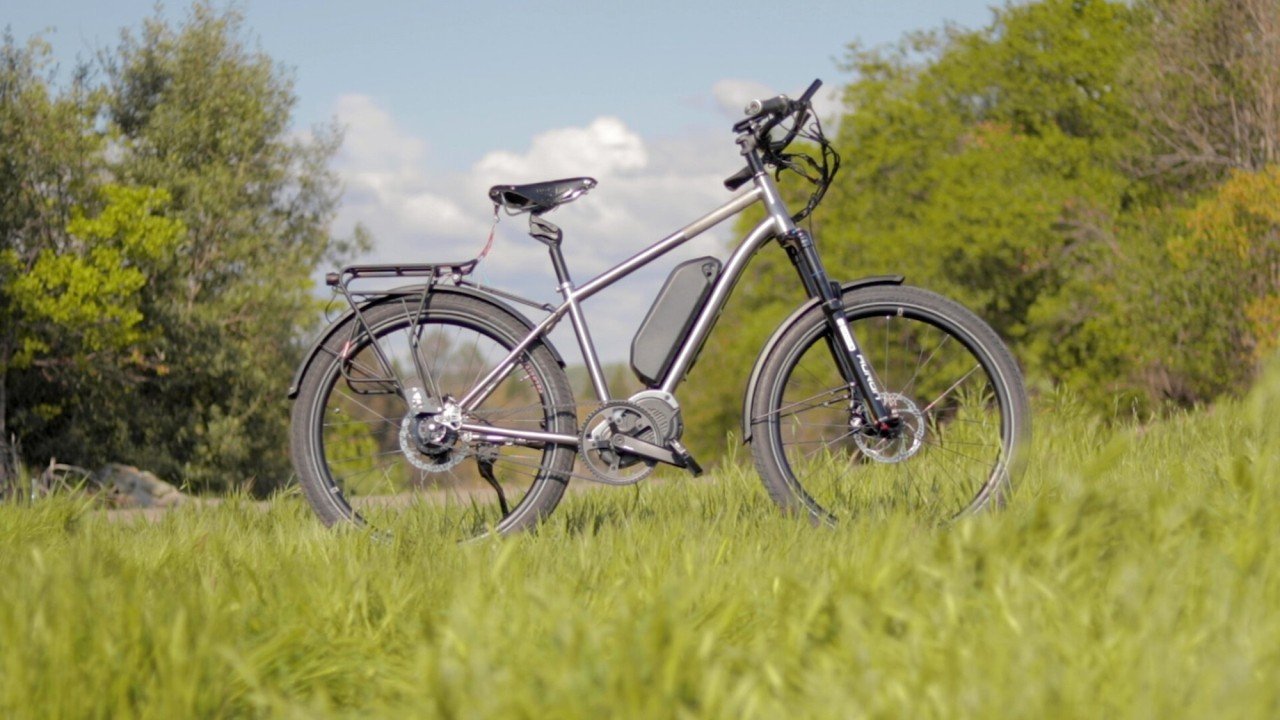Deacon Blues
Well-Known Member
No, I haven't contacted Ravi yet.
I ran both batteries to 0% and then charged both.
I put one of the batteries back on the bike and it showed 92%. So far I've done a couple of short rides and the percentage is looks to be dropping at a 1km = 1% rate.
I ran both batteries to 0% and then charged both.
I put one of the batteries back on the bike and it showed 92%. So far I've done a couple of short rides and the percentage is looks to be dropping at a 1km = 1% rate.


